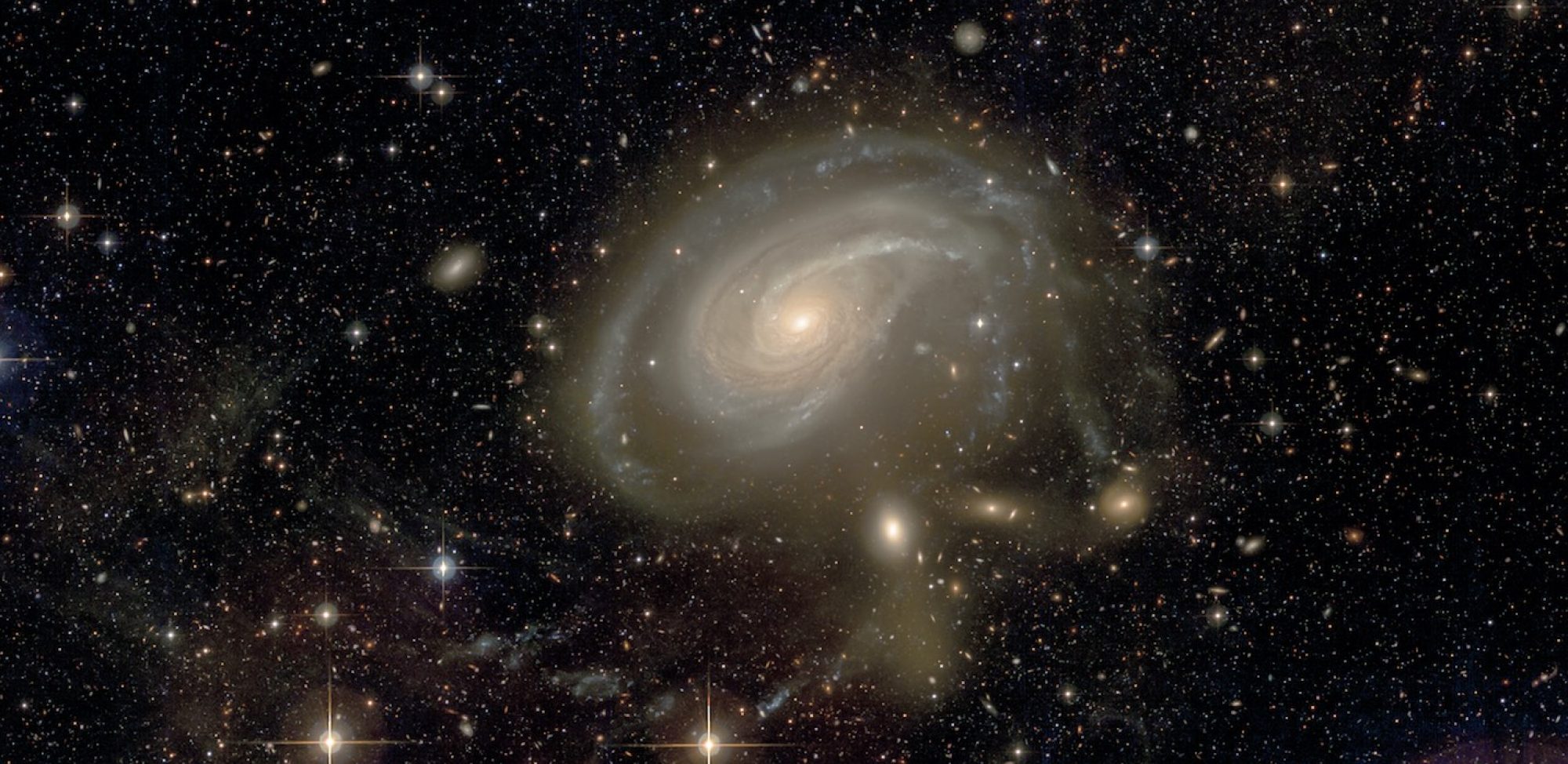
Shell galaxies make a class of tidally distorted galaxies, characterised by wide concentric arc(s), extending out to large galactocentric distances with sharp outer edges. Recent observations of young massive star clusters in the prominent outer shell of NGC 474 suggest that such systems host extreme conditions of star formation. In this paper, we present a hydrodynamic simulation of a galaxy merger and its transformation into a shell galaxy.
We analyse how the star formation activity evolves with time, location-wise within the system, and what are the physical conditions for star formation. During the interaction, an excess of dense gas appears, triggering a starburst, i.e. an enhanced star formation rate and a reduced depletion time. Star formation coincides with regions of high molecular gas fraction, such as the galactic nucleus, spiral arms, and occasionally the tidal debris during the early stages of the merger. Tidal interactions scatter stars into a stellar spheroid, while the gas cools down and reforms a disc. The morphological transformation after coalescence stabilises the gas and thus quenches star formation, without the need for feedback from an active galactic nucleus. This evolution shows similarities with a compaction scenario for compact quenched spheroids at high-redshift, yet without a long red nugget phase. Shells appear after coalescence, during the quenched phase, implying that they do not host the conditions necessary for in situ star formation. The results suggest that shell-forming mergers might be part of the process of turning blue late-type galaxies into red and dead early-types.
Petersson et al., 2023, MNRAS 518, 3261

